Northern Mariana Islands Flag Meaning
A blue field with a white star and gray latte stone behind it, surrounded by a decorative wreath. The flag represents the islands’ indigenous culture, U.S. affiliation, and Pacific identity.
- Continent
- Oceania
- Adopted
- 1985
- Ratio
- 1:2
- Colors
- blue, white, gray, brown, green
- Designer
- Local design reflecting Chamorro and Carolinian cultures
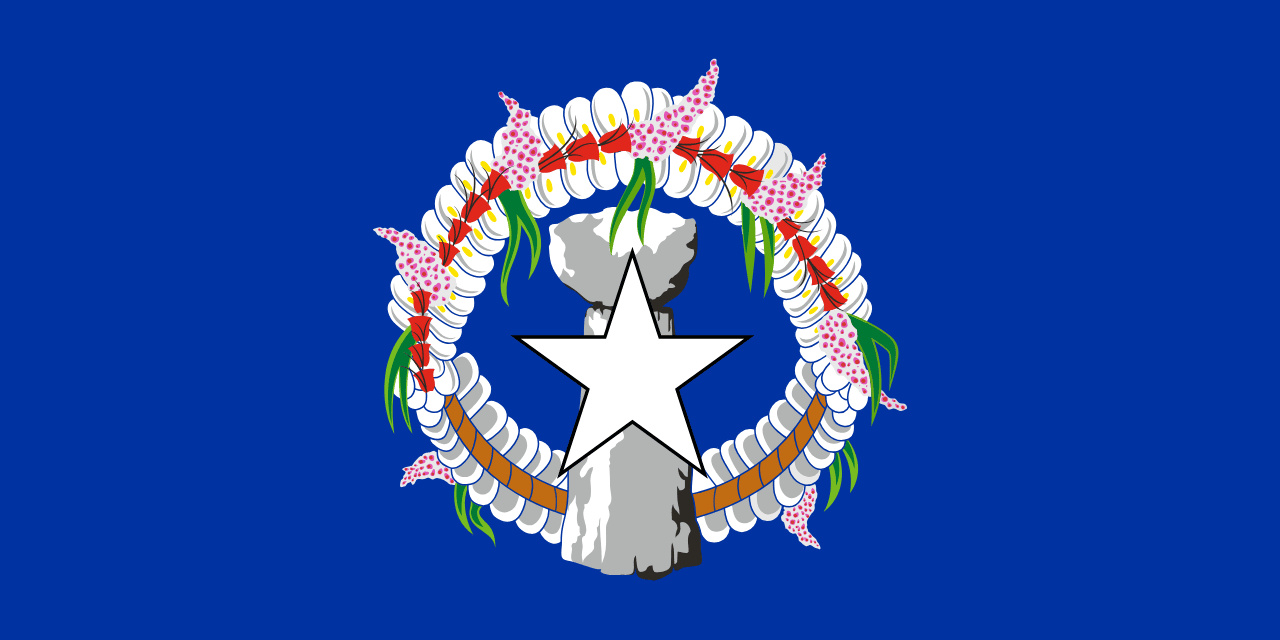
Symbolism
Blue Field: Represents the Pacific Ocean and the Mariana Islands’ location.
White Star: Symbolizes the islands’ political union with the United States.
Latte Stone: Traditional stone pillar used by Chamorro people, symbolizing cultural heritage.
Decorative Wreath: Represents Carolinian traditions and the blending of island cultures.
History
- Pre-Colonial: Inhabited by Chamorro people for thousands of years.
- 16th Century: Claimed by Spain as part of the Mariana Islands.
- 1899: Germany purchased the islands from Spain; later occupied by Japan in World War I.
- 1944: U.S. forces captured the islands during World War II.
- 1978: Became a U.S. Commonwealth with self-governance.
- 1985: Flag adopted to symbolize cultural heritage and U.S. affiliation.
Trivia
- The Northern Mariana Islands are a U.S. territory in political union with the United States.
- The latte stone is a symbol unique to the Mariana Islands.
- Saipan is the largest and most populated island.
- The islands were a major battleground in World War II.
- The flag uniquely blends indigenous Chamorro and Carolinian cultural motifs.
Related Countries
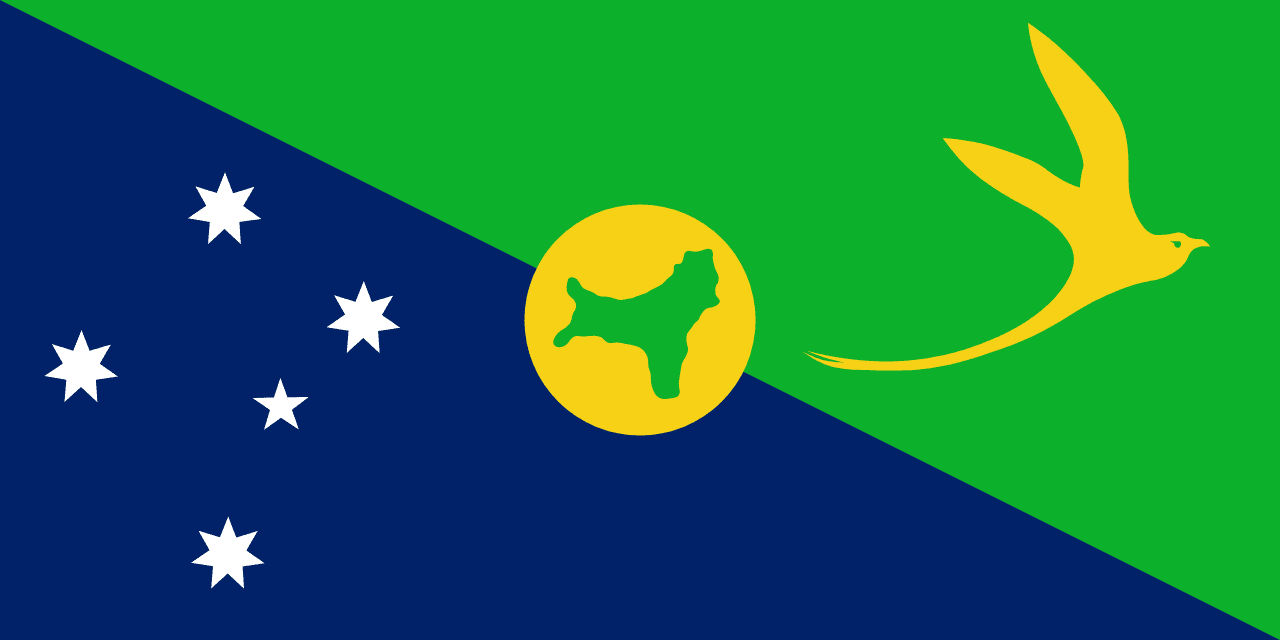
Christmas Island
Oceania
Green and blue field with Southern Cross constellation, golden bosun bird, and a circle representing the island.
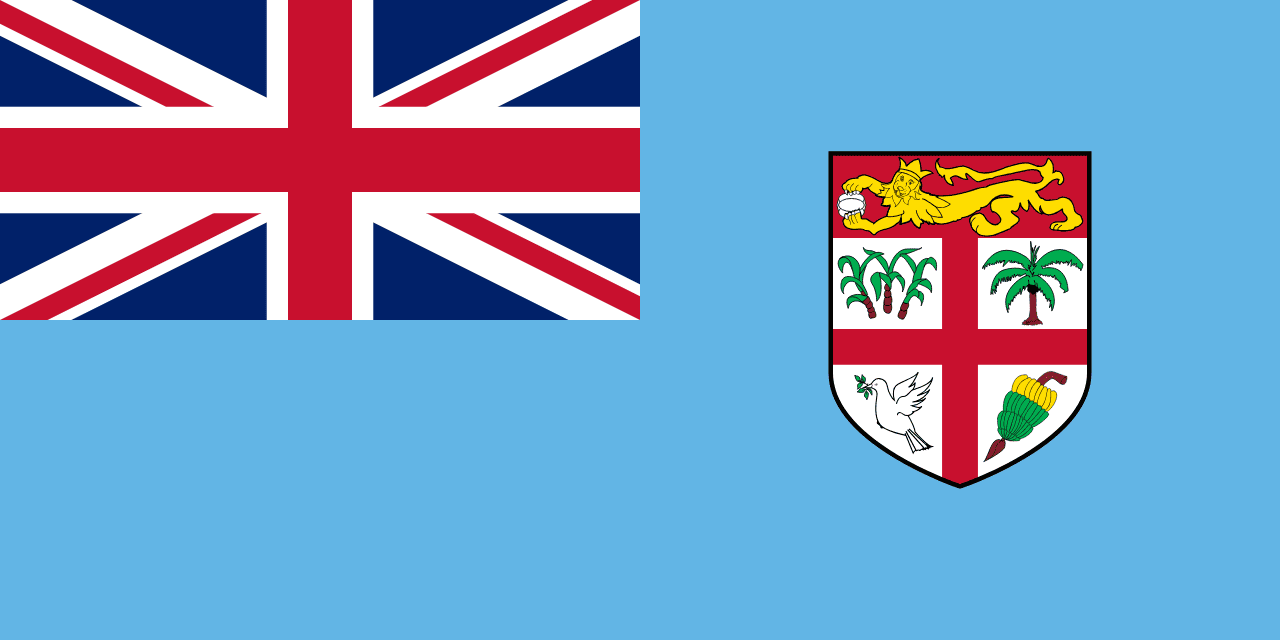
Fiji
Oceania
A light blue field with the Union Jack in the canton and Fiji's coat of arms on the fly side, representing the Pacific Ocean, British heritage, and the agricultural and maritime traditions of this island nation.

Australia
Oceania
A blue ensign featuring the Union Jack in the canton and the Southern Cross constellation on the fly, with a large Commonwealth Star beneath the Union Jack, representing Australia's British heritage, its location in the Southern Hemisphere, and the federation of six colonies into one nation.
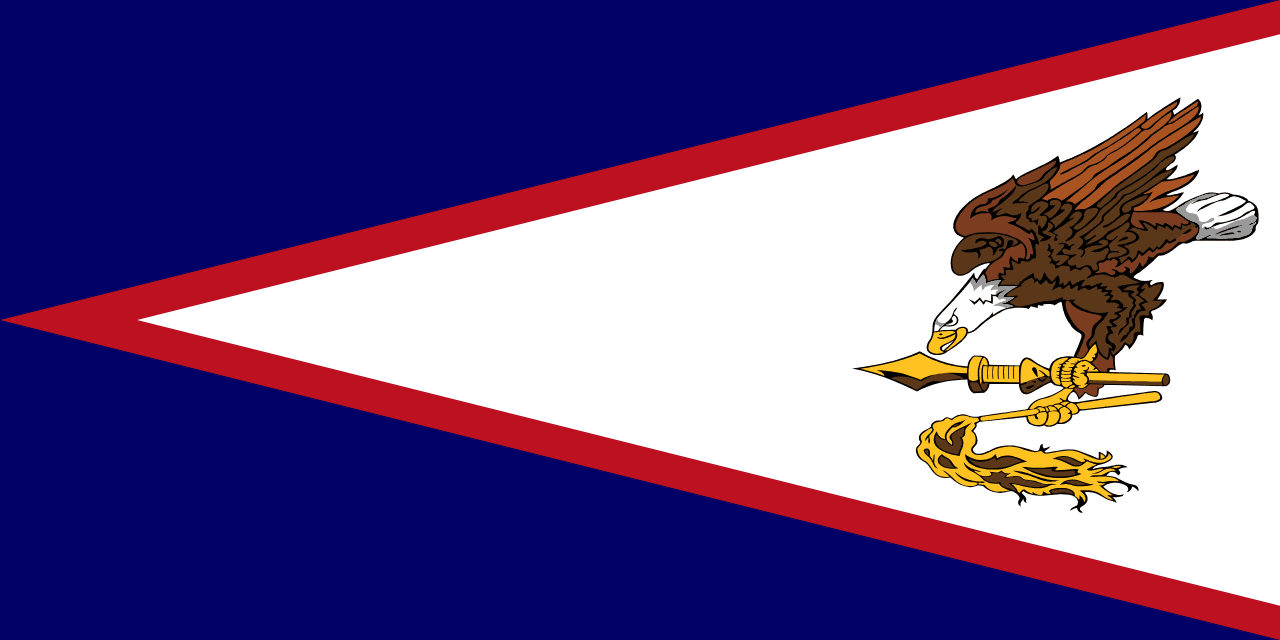
American Samoa
Oceania
Red, white, and blue field featuring a bald eagle holding traditional Samoan symbols, representing the blend of American and Polynesian cultures.
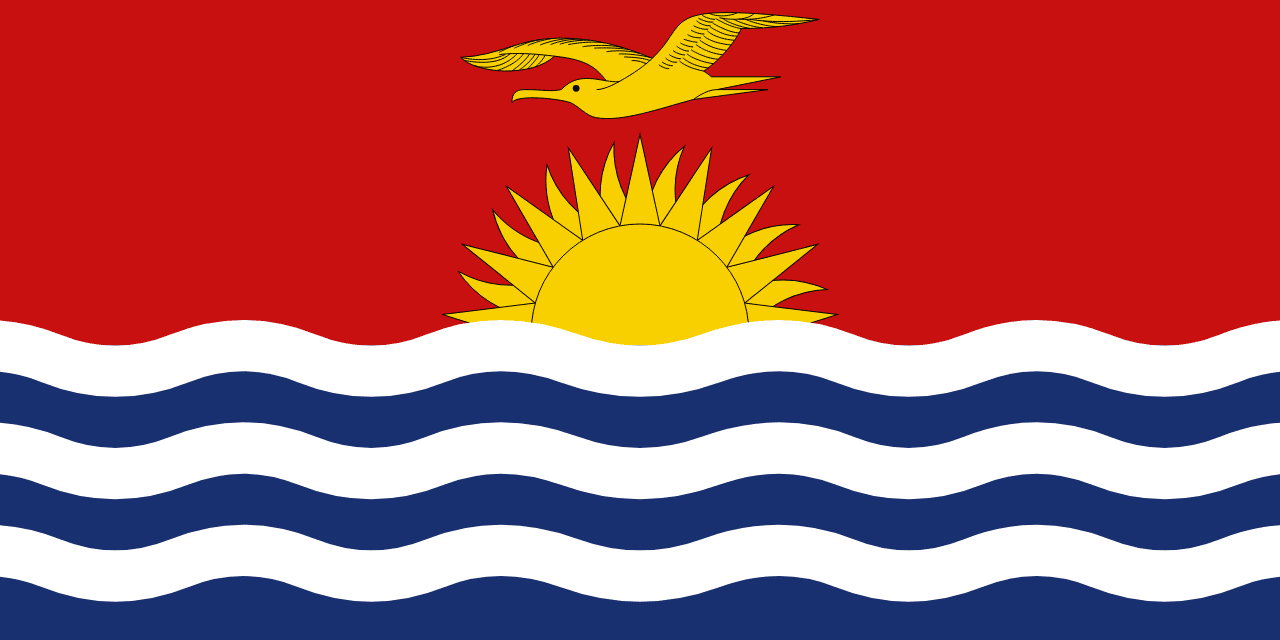
Kiribati
Oceania
A red upper field with a golden frigatebird flying over a rising sun above blue and white wavy stripes, representing the Pacific sunrise, ocean waves, and the unique geography of this coral atoll nation spread across the international dateline.
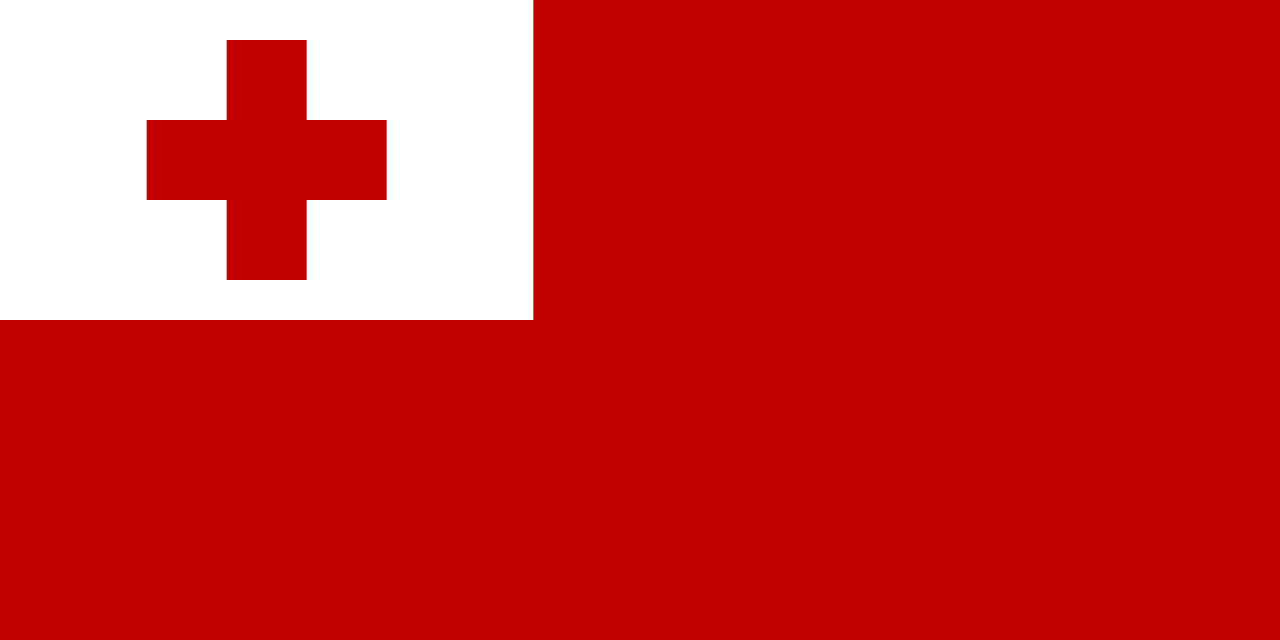
Tonga
Oceania
A red field with a white canton containing a red cross, representing the blood of Christ and the sacrifice of Jesus for mankind, the purity of Christian faith, and the deeply Christian identity of the Kingdom of Tonga as a Pacific island nation that was never colonized.